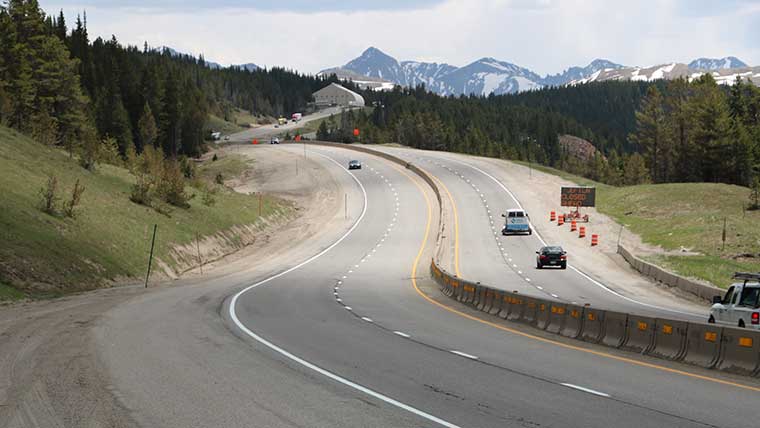West of Denver, two segments of I-70 through Vail Pass and Glenwood Canyon have been labeled as exceptional sections of the Interstate Highway System. Mead & Hunt recently prepared in-depth historic contexts to better understand what makes these segments exceptional for the Colorado DOT to use in future Section 106 compliance efforts. In addition, we found that both segments are eligible for the National Register of Historic Places.
What makes these two highway segments historic? Yes, they are remarkable for their scenery, but this designation is largely due to the highway’s complicated and innovative engineering and design, which deftly incorporates the surrounding natural beauty.
Vail Pass
On Vail Pass, a careful integration of the surrounding natural area into the highway engineering design means that vehicles seemingly float above the landscape. The bridge design emphasizes horizontal lines of the superstructures and unobtrusive piers.
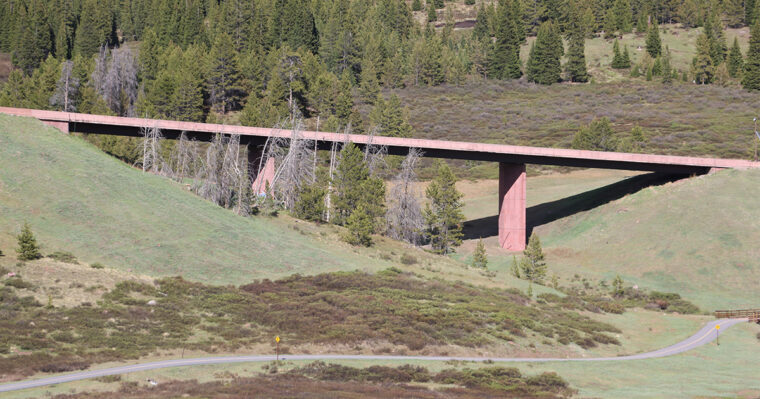
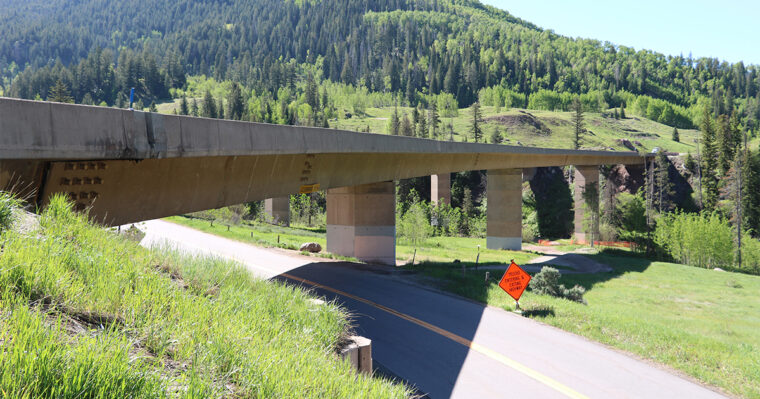
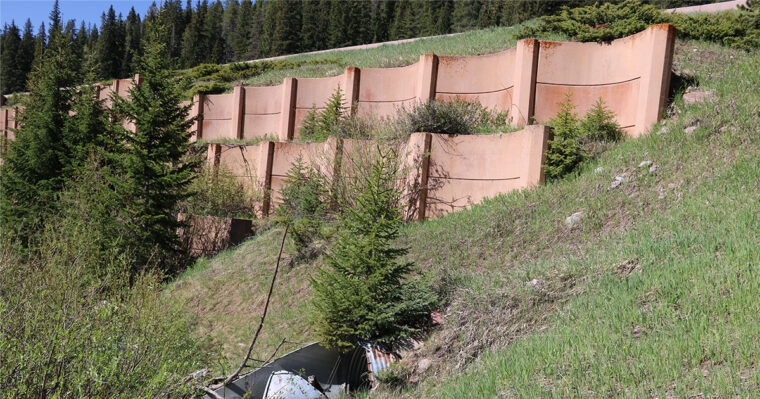
Glenwood Canyon
The high walls and narrow width of Glenwood Canyon greatly inhibited access, so designers developed a graceful, terraced roadway celebrated for curtailing environmental impacts.
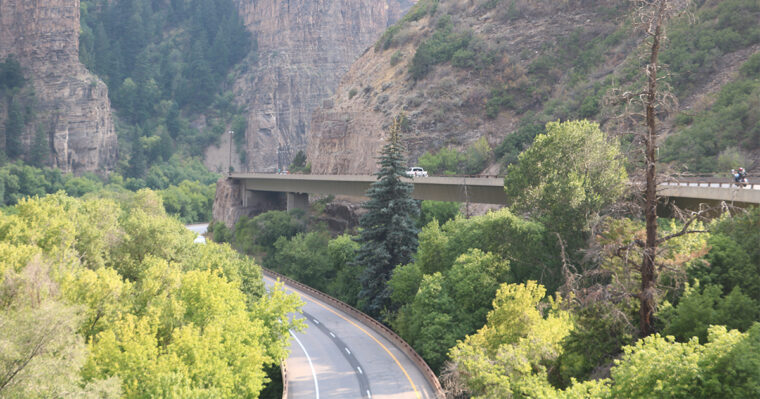
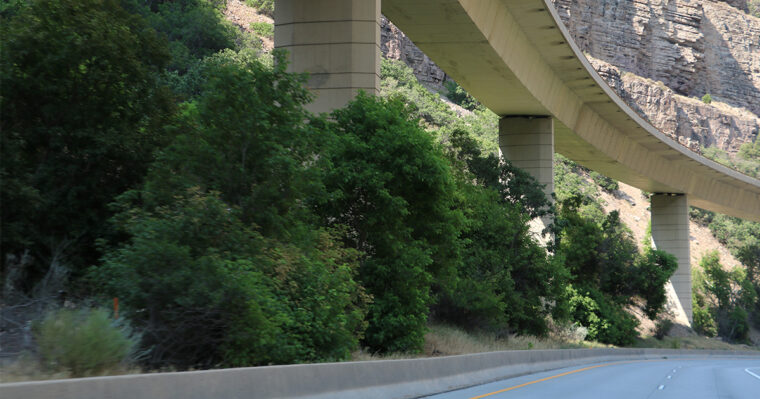

This careful integration and preservation of the natural landscape through innovative design techniques are what really stand out here. The characteristics that make these segments unique also require careful Section 106 consultation to consider the impact future transportation improvements will have. These segments through Vail Pass and Glenwood Canyon are just a few of the historic highway corridors we will be writing about in our historic highway blog series.

